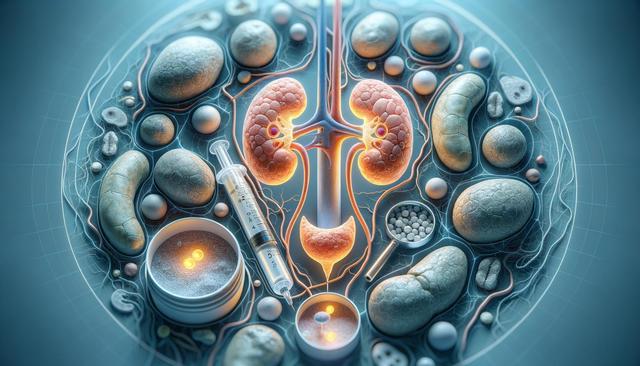What Are the Parathyroid Glands?
The parathyroid glands are four small structures located behind the thyroid gland in the neck. Despite their name, they are not related to the thyroid gland in function. These glands play a crucial role in regulating calcium and phosphorus levels in the blood by producing parathyroid hormone (PTH). Calcium is essential for muscle function, nerve signaling, and bone health, so any malfunction in the parathyroid glands can significantly affect overall well-being. When these glands produce either too much or too little PTH, it leads to a condition known as parathyroid disorder. There are two primary types: hyperparathyroidism (too much PTH) and hypoparathyroidism (too little PTH).
Causes and Risk Factors
Parathyroid disorders can arise from various causes. Hyperparathyroidism is often the result of a benign tumor on one of the glands, known as an adenoma. Less commonly, it may be caused by gland enlargement or, in rare cases, parathyroid cancer. Hypoparathyroidism, on the other hand, may occur due to accidental removal or damage to the glands during neck surgery, autoimmune disease, or genetic conditions. Several risk factors may increase the likelihood of these disorders, including:
- Age (more common in people over 50)
- Gender (more prevalent in females)
- Family history of endocrine disorders
- Radiation treatment to the neck or head
Recognizing these risk factors can help in early detection and management of the condition, reducing potential complications.
Recognizing Symptoms
Symptoms of parathyroid disorders can vary widely depending on the type and severity. In hyperparathyroidism, excess calcium in the blood (hypercalcemia) can lead to symptoms such as:
- Fatigue and weakness
- Bone pain and fractures
- Kidney stones
- Frequent urination
- Abdominal pain and nausea
In contrast, hypoparathyroidism often results in low calcium levels (hypocalcemia), which may cause:
- Muscle cramps or spasms
- Tingling in the fingers, toes, or lips
- Seizures in severe cases
- Mood changes or depression
Because these symptoms can mimic other conditions, diagnosing parathyroid disorders often requires blood tests to measure PTH, calcium, and phosphorus levels.
Diagnosis and Medical Evaluation
Diagnosis of parathyroid disorder typically begins with a thorough medical history and physical examination. Blood tests are crucial and may reveal abnormal levels of calcium, phosphorus, and PTH. Additional diagnostic tools include:
- Bone density scans to assess bone loss
- Ultrasound or nuclear imaging to locate abnormal glands
- 24-hour urine tests to evaluate kidney function and calcium excretion
These evaluations help healthcare providers determine the severity of the disorder and the most appropriate treatment plan. In some cases, genetic testing may be recommended, especially if there is a family history of endocrine problems. Early and accurate diagnosis is essential to prevent long-term complications such as osteoporosis, kidney damage, or neurological issues.
Treatment and Management Options
Treatment for parathyroid disorder depends on the type and severity of the condition. For hyperparathyroidism, surgery to remove the overactive gland is often the most effective long-term solution. In cases where surgery is not immediately necessary, monitoring with regular blood tests and bone scans may be recommended. Lifestyle changes such as staying hydrated, reducing calcium intake, and managing other risk factors can also help. For hypoparathyroidism, treatment typically involves:
- Calcium and vitamin D supplements to maintain appropriate blood calcium levels
- Monitoring for associated complications such as kidney stones or heart issues
- Regular follow-up with an endocrinologist
In some cases, synthetic parathyroid hormone may be prescribed, although this is usually reserved for patients who do not respond well to standard treatments. Individualized care plans are essential, as symptoms and responses to treatment can vary significantly from person to person.
Conclusion
Parathyroid disorders, while relatively uncommon, can have a significant impact on health if not properly managed. Understanding the function of these small but vital glands, recognizing the symptoms, and seeking timely medical evaluation are key to effective treatment. Whether dealing with hyperparathyroidism or hypoparathyroidism, working closely with healthcare providers and maintaining regular monitoring can help individuals lead healthier, more comfortable lives. If you suspect any symptoms related to calcium imbalance, it is advisable to consult a medical professional for proper assessment and care.




Leave a Reply